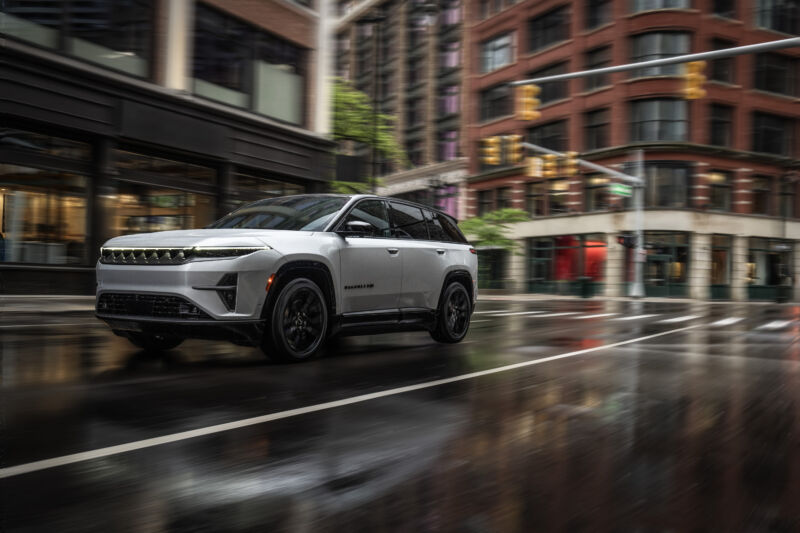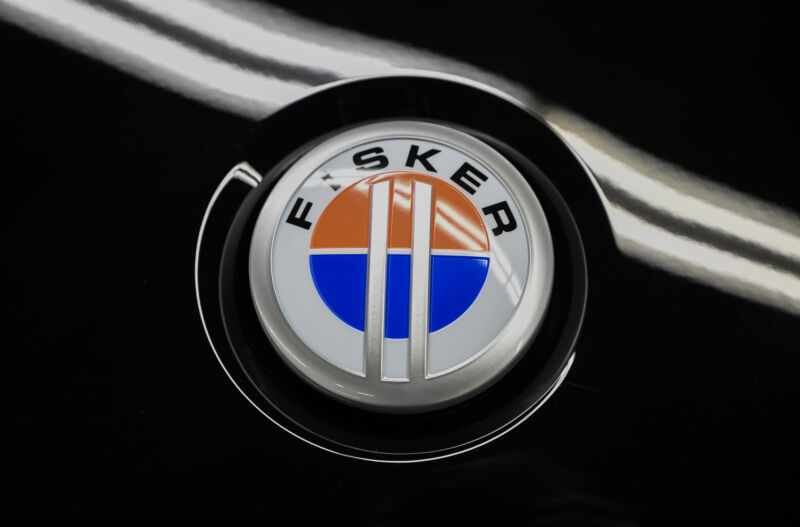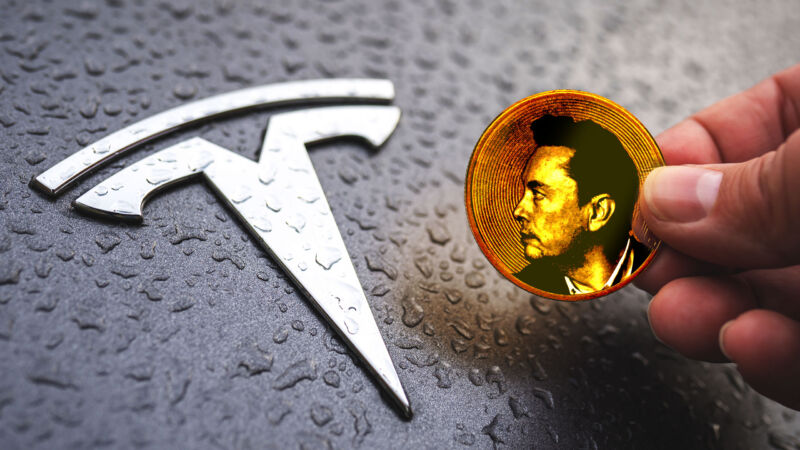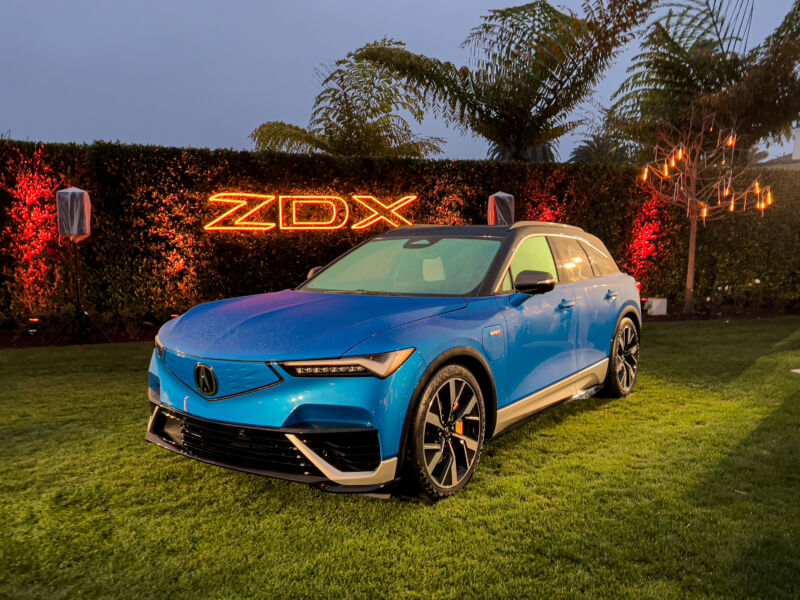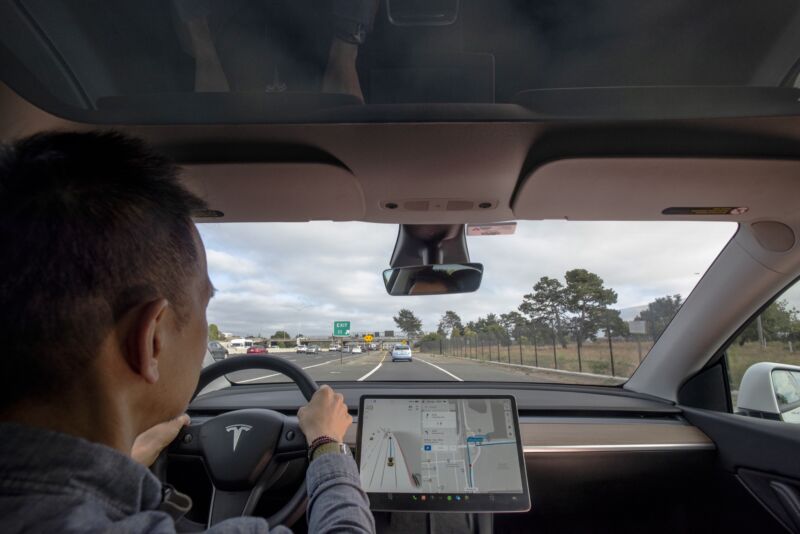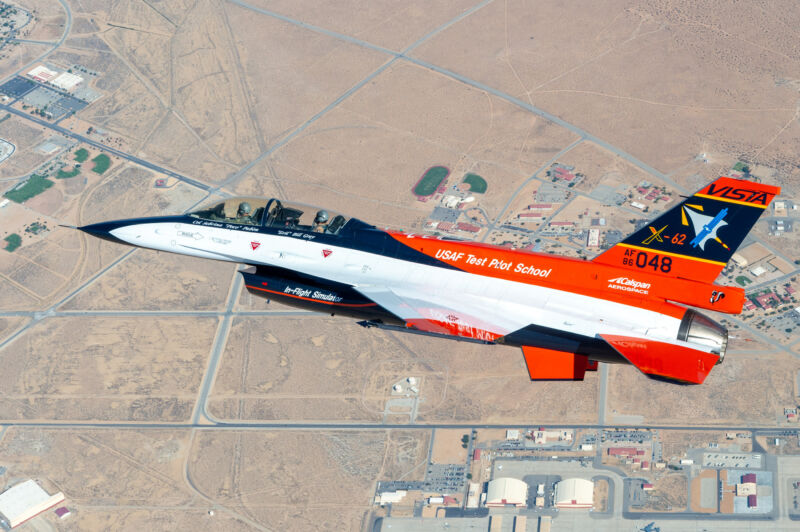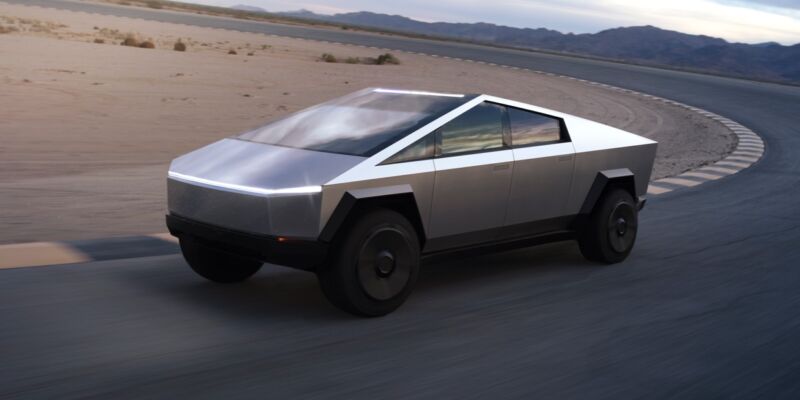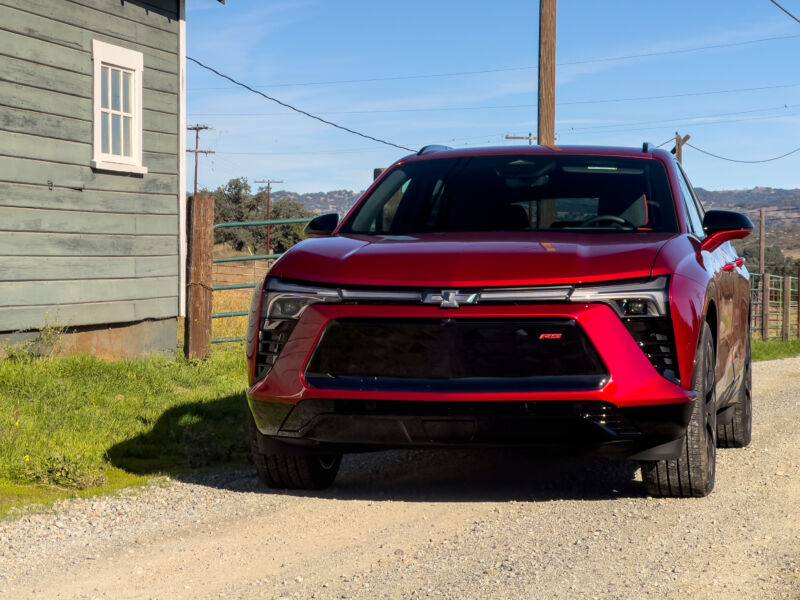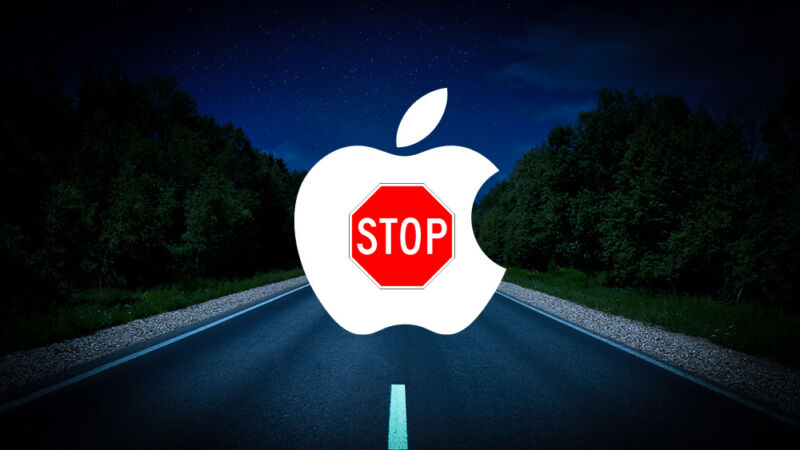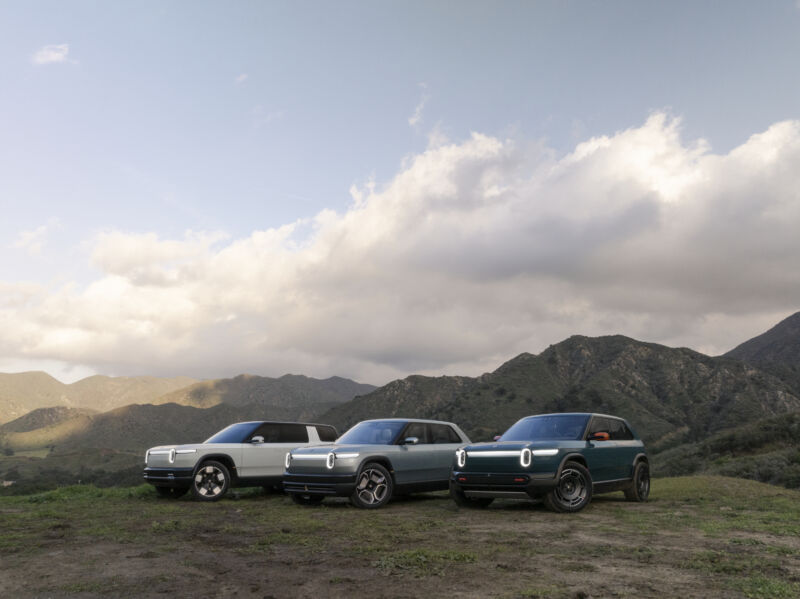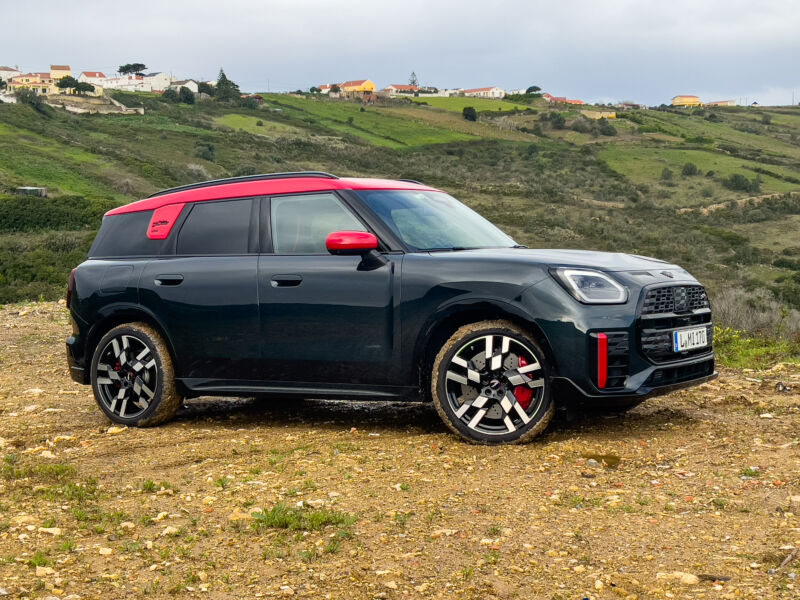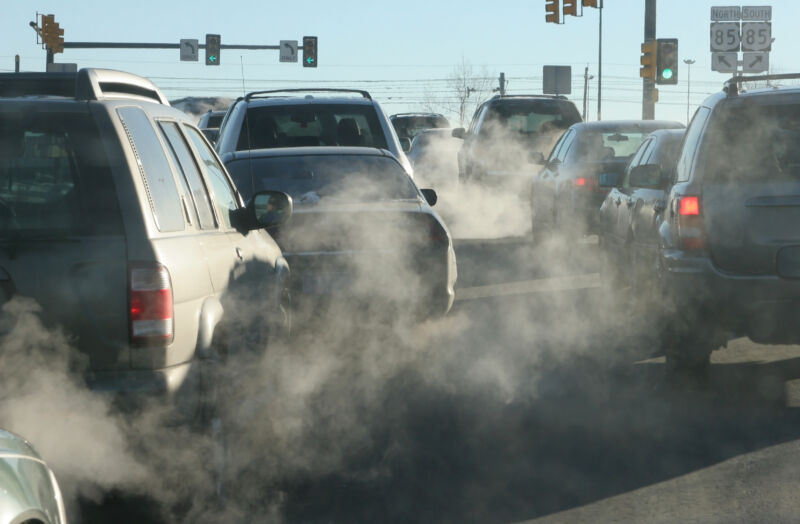Lufthansa is using artificial sharkskin to streamline airplanes

Enlarge (credit: Aurich Lawson | Getty Images)
Companies are often caught between wanting to cut emissions but also grow profits. But for airlines, these two different imperatives actually align. Cutting carbon emissions means burning less fuel and spending less money buying fuel. This is why Lufthansa has been copying a trick from the animal kingdom: applying a special film that mimics sharkskin to parts of its aircraft.
When it comes to decarbonization, reducing the emissions of air travel is both a high priority and something of a difficult task. Globally, air traffic accounts for about 2.5 percent of carbon emissions, but since those emissions are emitted at altitude, studies have found that the warming effect may be almost twice as large.
The problem is that it's extremely difficult to rival the volumetric energy density of jet fuel, which contains almost 50 times as many megajoules per liter than alternatives like hydrogen, ethanol, or lithium-ion batteries. That's less of a problem for ground or sea transportation, where weight and volume is less important, but it's a real stumbling block for switching jet airliners to a different fuel source.




